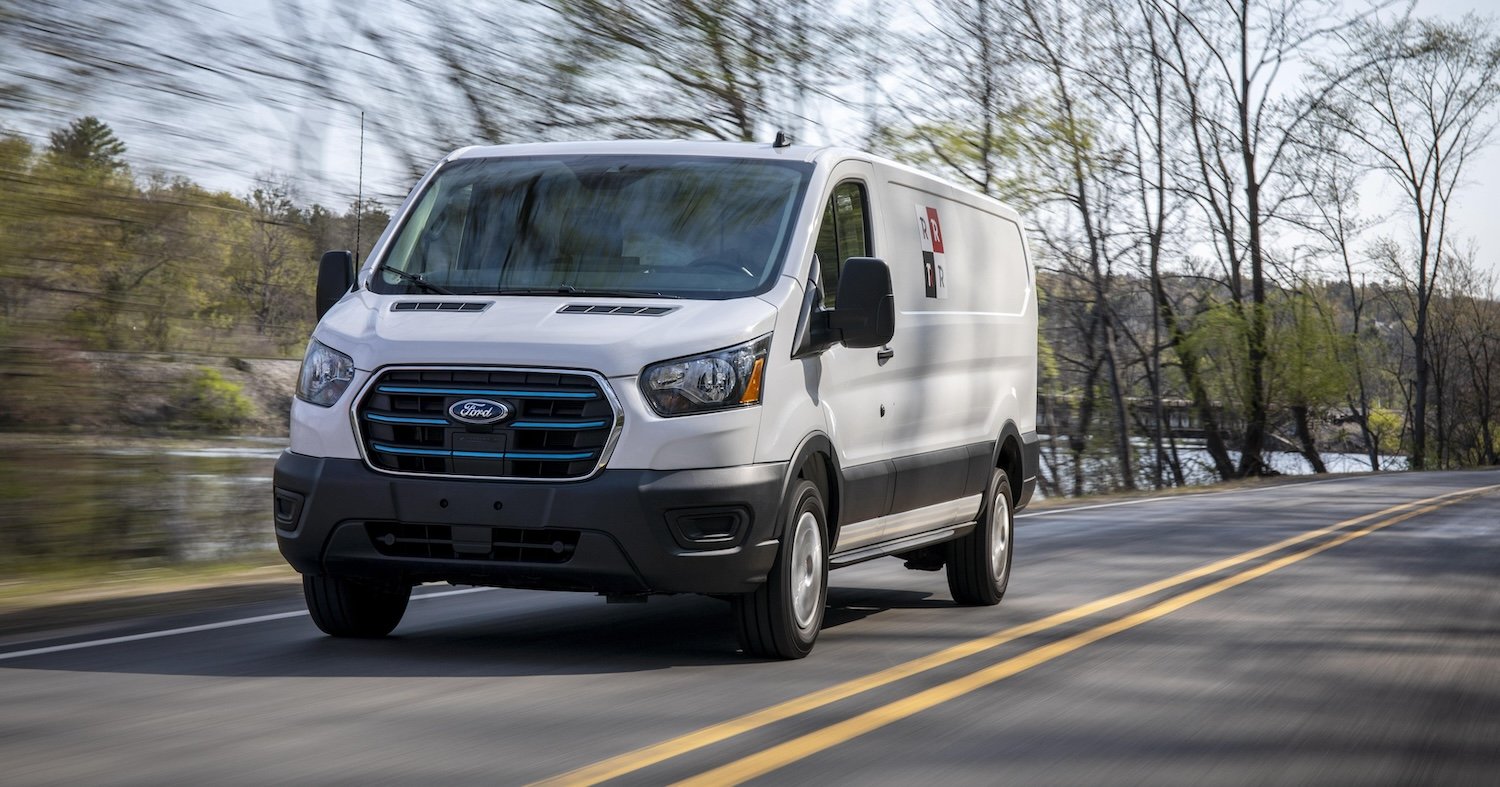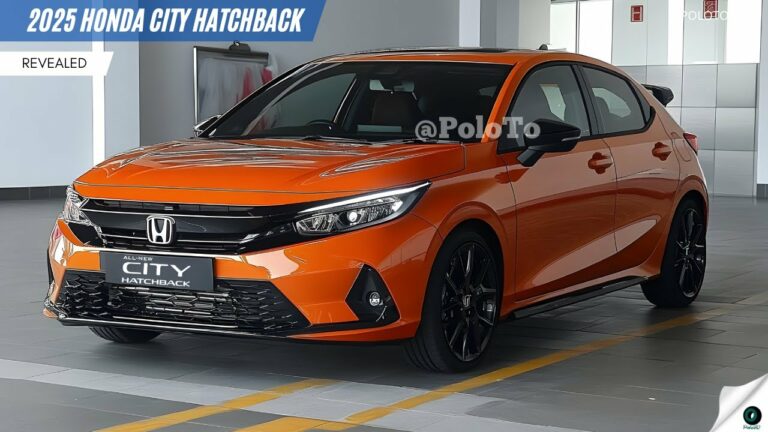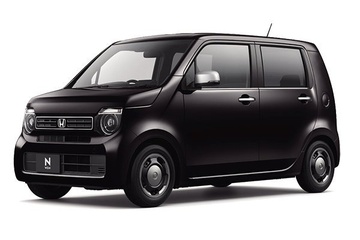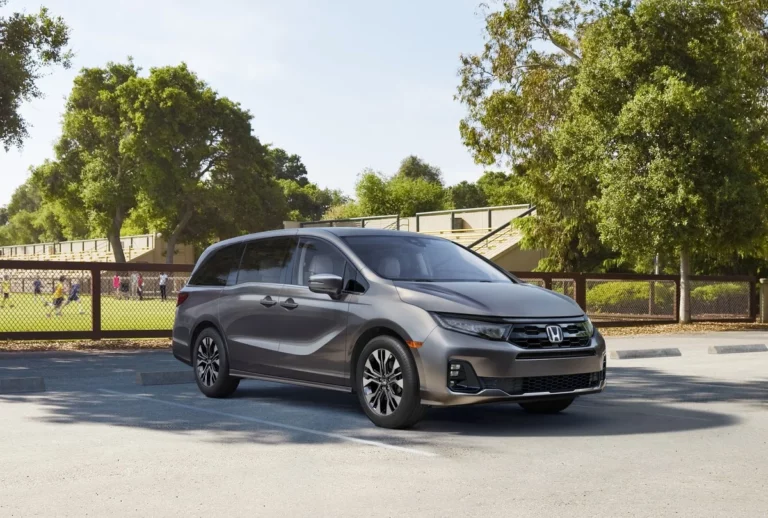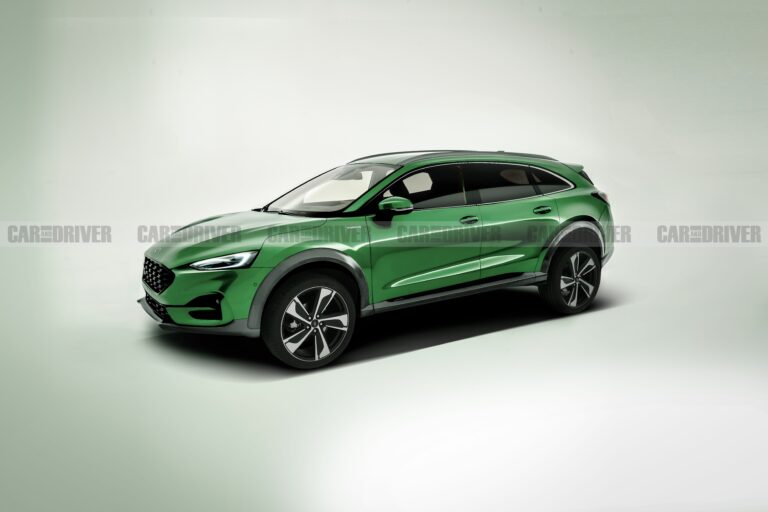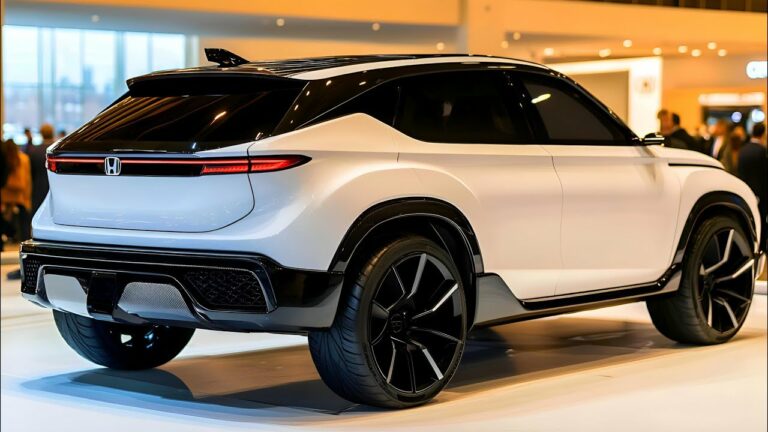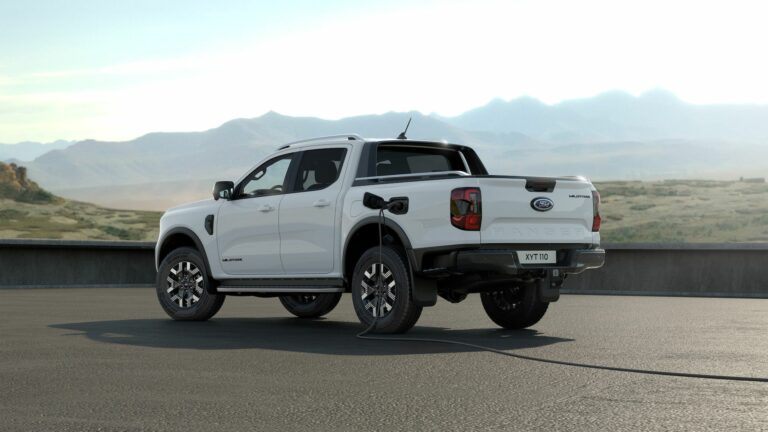2026 Ford E-Transit Release Date
Vehicle Overview

The 2026 Ford E-Transit is a groundbreaking electric van that sets a new standard for commercial vehicles. It offers exceptional range, advanced technology, and versatile configurations to meet the diverse needs of businesses.
The E-Transit boasts an impressive range of up to 200 miles on a single charge, making it ideal for long-distance deliveries and urban transportation. Its spacious cargo area provides ample room for goods and equipment, while its durable construction ensures longevity and reliability.
Powertrain and Performance
The E-Transit is powered by a robust electric motor that delivers instant torque and smooth acceleration. Its battery pack is strategically placed to optimize weight distribution and enhance handling. The van’s advanced regenerative braking system captures energy during deceleration, increasing range and reducing operating costs.
Technology and Features
The E-Transit is equipped with a state-of-the-art infotainment system featuring a large touchscreen display. It provides seamless integration with smartphones and offers a range of connectivity options. Advanced driver-assist technologies enhance safety and reduce driver fatigue, including lane-keeping assist, adaptive cruise control, and automatic emergency braking.
Configurations and Customization
The E-Transit is available in multiple configurations, including cargo van, cutaway van, and chassis cab. Businesses can choose from a variety of wheelbases and roof heights to tailor the van to their specific requirements. The van’s modular design allows for easy customization with upfitting options, ensuring it can be adapted to meet unique industry needs.
Release Date and Availability
The 2026 Ford E-Transit is slated to hit the market in fall 2025. Ford plans to commence production in the second quarter of 2025, ensuring availability in select markets by the end of the year. The automaker aims to ramp up production gradually, with wider availability expected in 2026.
Production Timeline
The E-Transit’s production will take place at Ford’s Kansas City Assembly Plant in Missouri, USA. The plant has undergone extensive renovations to accommodate the production of electric vehicles, including the E-Transit. Ford has invested heavily in tooling and infrastructure to ensure efficient and high-quality production.
Market Availability
Initially, the 2026 Ford E-Transit will be available in North America and Europe. Ford plans to expand availability to other regions, including Asia and South America, in the following years. The automaker is working closely with local distributors and dealers to establish a robust sales and service network for the E-Transit.
Market Positioning
The 2026 Ford E-Transit is a full-size electric van targeted at businesses and fleet operators. It is designed to meet the growing demand for zero-emission commercial vehicles and compete with similar offerings from other automakers.
Compared to competitors, the E-Transit offers a spacious cargo area, a range of up to 126 miles on a single charge, and a competitive price point. Its focus on durability and functionality makes it well-suited for a variety of commercial applications, including delivery, construction, and service.
Features and Capabilities
The E-Transit comes standard with a 266-horsepower electric motor and a 67-kWh battery pack. It features a spacious cargo area with a volume of up to 487 cubic feet, allowing for ample storage and transportation of goods.
The E-Transit also offers a range of advanced safety features, including lane departure warning, automatic emergency braking, and adaptive cruise control. These features enhance driver safety and reduce the risk of accidents.
Intended Use
The 2026 Ford E-Transit is primarily intended for businesses and fleet operators seeking a reliable and efficient electric van for commercial use. It is ideal for a variety of applications, including delivery services, construction, maintenance, and service industries.
With its zero-emission operation and competitive pricing, the E-Transit offers a cost-effective and environmentally friendly solution for businesses looking to reduce their carbon footprint and meet sustainability goals.
Technological Advancements

The 2026 Ford E-Transit is a technological marvel that pushes the boundaries of electric vehicle innovation. It boasts a suite of cutting-edge technologies that enhance its performance, efficiency, and user experience.
One of the most significant advancements is the improved battery technology. The E-Transit features a new high-density battery pack that provides an impressive driving range and faster charging times. With its increased energy storage capacity, the E-Transit can travel longer distances on a single charge, reducing range anxiety for drivers.
Charging Capabilities
In addition to its improved battery, the E-Transit also benefits from advanced charging capabilities. It supports a wide range of charging options, including Level 1, Level 2, and DC fast charging. This versatility allows drivers to charge their vehicles at home, at public charging stations, or even on the go. DC fast charging enables the E-Transit to charge up to 80% of its battery capacity in as little as 30 minutes, significantly reducing charging times.
Connectivity
The E-Transit is also equipped with state-of-the-art connectivity features. It comes standard with Ford’s SYNC 4A infotainment system, which provides seamless integration with smartphones and a range of connected services. Drivers can access navigation, entertainment, and vehicle information through the intuitive touchscreen interface. Additionally, the E-Transit offers over-the-air updates, ensuring that the vehicle remains up-to-date with the latest software and features.
Sustainability Initiatives
Ford has made significant strides in incorporating sustainability practices into the production and operation of the 2026 E-Transit. These initiatives aim to minimize the environmental impact throughout the vehicle’s lifecycle.
The E-Transit’s electric powertrain eliminates tailpipe emissions, contributing to cleaner air and reducing greenhouse gas emissions. Additionally, Ford has implemented several other eco-friendly practices:
Recycled Materials
- The E-Transit’s interior features recycled materials, including seat fabrics made from recycled plastic bottles and floor mats made from recycled carpet fibers.
Sustainable Manufacturing
- Ford’s manufacturing facilities for the E-Transit prioritize energy efficiency and waste reduction.
- The use of renewable energy sources, such as solar and wind power, helps reduce the carbon footprint of the production process.
Battery Recycling
- Ford has partnered with battery recycling companies to ensure the responsible disposal and recycling of E-Transit batteries at the end of their lifespan.
Market Trends and Competition
The electric van segment is experiencing a surge in popularity due to increasing environmental awareness and government regulations promoting sustainable transportation. The 2026 Ford E-Transit is poised to capitalize on this trend by offering a spacious and versatile electric van that meets the needs of businesses and consumers alike.
The competitive landscape in the electric van segment is becoming increasingly crowded, with established automakers and startups vying for market share. Key competitors include the Rivian EDV, Mercedes-Benz eSprinter, and Volkswagen ID. Buzz Cargo. The E-Transit differentiates itself through its long-range capability, customizable cargo space, and Ford’s extensive dealer network.
Market Share and Growth Potential
- The electric van segment is expected to grow significantly in the coming years, driven by government incentives and increasing demand for sustainable transportation solutions.
- Ford is well-positioned to capture a significant share of this market with the E-Transit, given its strong brand recognition and established customer base.
Helpful Answers
When is the expected release date of the 2026 Ford E-Transit?
The official release date for the 2026 Ford E-Transit is yet to be announced by Ford Motor Company.
What are the key technological advancements incorporated into the 2026 Ford E-Transit?
The 2026 Ford E-Transit boasts a range of technological advancements, including an upgraded battery system for extended range, faster charging capabilities, and advanced connectivity features for seamless integration with business operations.
How does the 2026 Ford E-Transit compare to its competitors in the electric van segment?
The 2026 Ford E-Transit is expected to compete with other electric vans in the market, offering a competitive combination of range, payload capacity, and technological features. Its spacious interior and customizable options make it a versatile choice for businesses.
What are the anticipated pricing and incentives for the 2026 Ford E-Transit?
Ford has not yet released official pricing information for the 2026 E-Transit. However, it is expected to be competitively priced within the electric van segment. Additionally, government incentives and tax credits may be available for purchasing an electric vehicle, depending on the region.
What customization options are available for the 2026 Ford E-Transit?
The 2026 Ford E-Transit is expected to offer a range of customization options, allowing businesses to tailor the vehicle to their specific needs. This may include different configurations, color choices, and accessories designed to enhance functionality and meet operational requirements.
